Sheepshead
Sheepshead
Regulations Gulf and Atlantic State Waters
Minimum Size Limit: 12″ total length
Daily Bag Limit: 8 per person
Vessel Limit: 50 per trip during March and April
*State regulations extend into federal waters.
Season: Open year-round
Gear Requirements:
- Legal Gear: hook and line, cast net, seine, spear or gig
- Illegal Gear: Harvest prohibited by or with the use of any multiple hook in conjunction with live or dead natural bait; Snatching prohibited
Special regulations apply for this species when fishing in Biscayne National Park.
Can oysters and barnacles be used as bait or chum for sheepshead?
Oysters and barnacles are very, very different when it comes to regulations.
Oysters have closed seasons, bag limits, size limits and can only be legally harvested in specific shellfish harvesting areas that are classified as “approved” or “conditionally approved” and in the “open” status. The Florida Department of Agriculture and Consumer Services Division of Aquaculture manages these shellfish harvesting areas.
Barnacles on the other hand do not have size limits or specified bag limits, which means that you can harvest up to 100 pounds per person per day with a recreational saltwater fishing license and you can use them to chum sheepshead. You can also simply scrape them off bridge piles and allow them to sink and attract sheepshead. Do not scrape barnacles from private docks or other private structures without permission of the property owner.
Catching Sheepshead in Florida can be an enjoyable and rewarding fishing experience. Here are some tips to help you successfully catch Sheepshead:
1. Equipment and bait: Use a medium to heavy-action fishing rod with a sensitive tip to detect bites. A spinning reel with a 10-15 lb test line should be sufficient. Use a small to medium-sized circle hook (size 1-2) with a split shot sinker above it to keep your bait near the bottom. Popular bait choices include fiddler crabs, shrimp, sand fleas, or clams.
2. Find the right spots: Sheepshead tend to hang out around structures like docks, bridges, piers, jetties, and rocky areas, as they feed on barnacles, crustaceans, and mollusks. Look for areas with barnacle-covered pilings or rocks, as these tend to attract Sheepshead.
3. Time your fishing: Sheepshead are more active during certain tidal phases. They are more likely to feed during the incoming or outgoing tides when there is more movement in the water. Plan your fishing trip accordingly.
4. Be patient and observant: Sheepshead are known for being cautious and nibbling at the bait rather than taking it all at once. Watch for subtle bites or feel for slight tug on your line. Once you feel a bite, give a little slack to allow the Sheepshead to fully take the bait before setting the hook.
5. Use stealthy techniques: Sheepshead are known to be skittish, so avoid making sudden movements or loud noises that could scare them away. Approach your fishing spot quietly and cast your bait near or around the structure. Allow your bait to sink to the bottom and wait for a bite.
6. Set the hook properly: When you feel a bite, resist the urge to jerk the rod immediately. Instead, wait for a moment and let the fish fully take the bait before setting the hook by lifting your rod tip in a quick, firm motion. Sheepshead have strong jaws, so setting the hook firmly is essential.
7. Be aware of regulations: Familiarize yourself with the fishing regulations in Florida, as there may be size and bag limits for Sheepshead. Make sure to follow the rules and obtain the necessary fishing licenses before heading out.
Remember, Sheepshead can be challenging to catch, but with patience, practice, and the right techniques, you’ll increase your chances of success. Happy fishing!
Share this content:
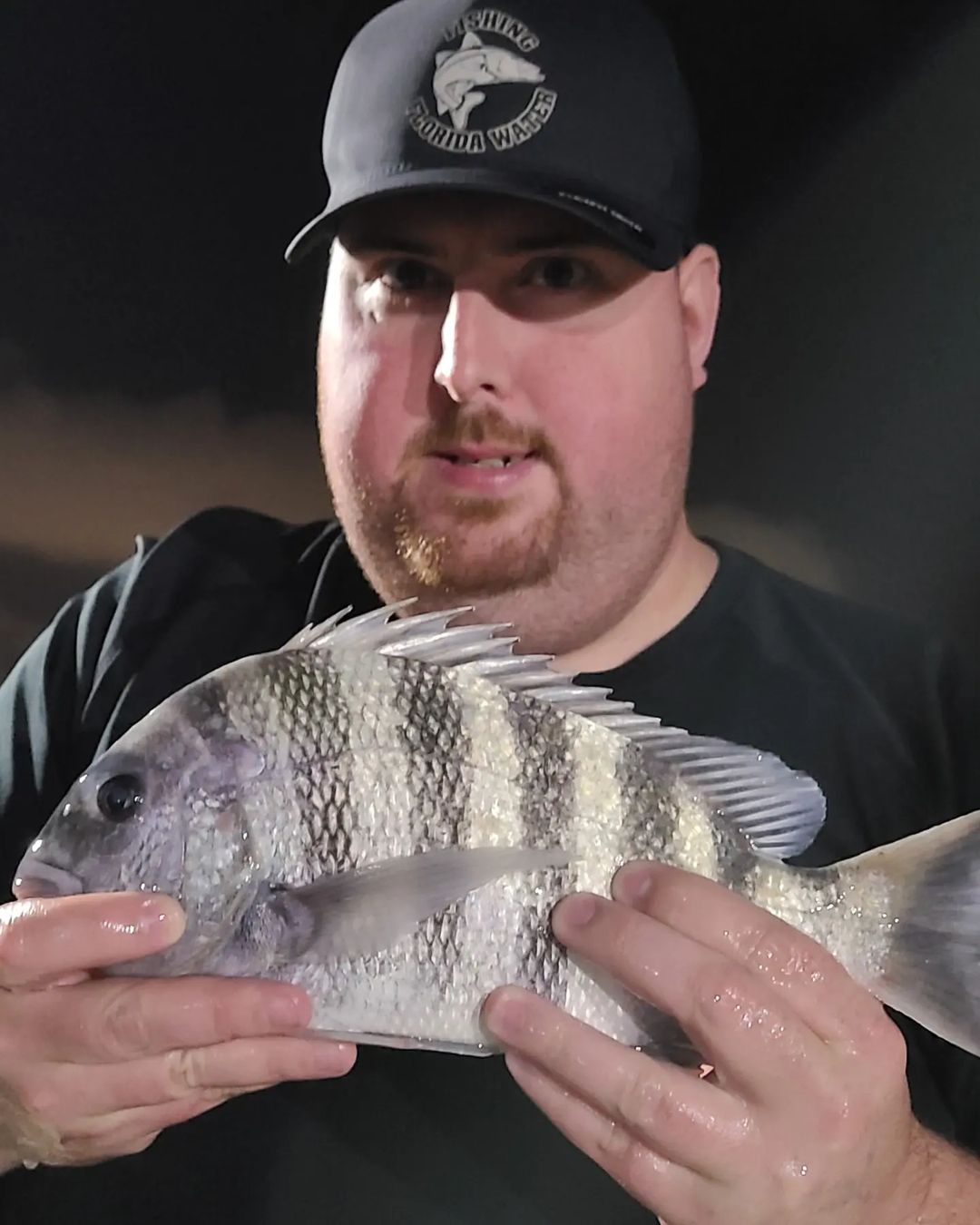
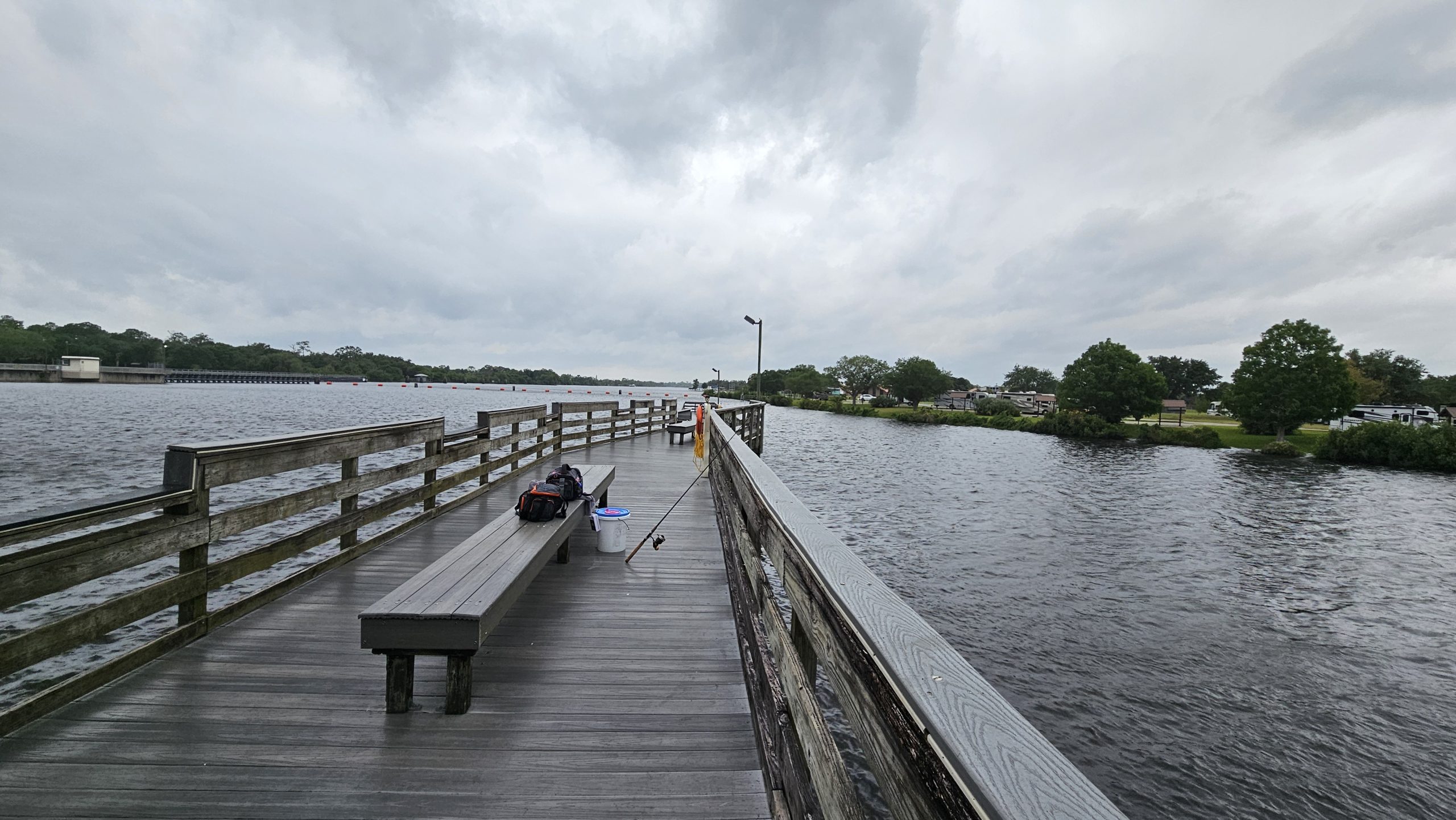
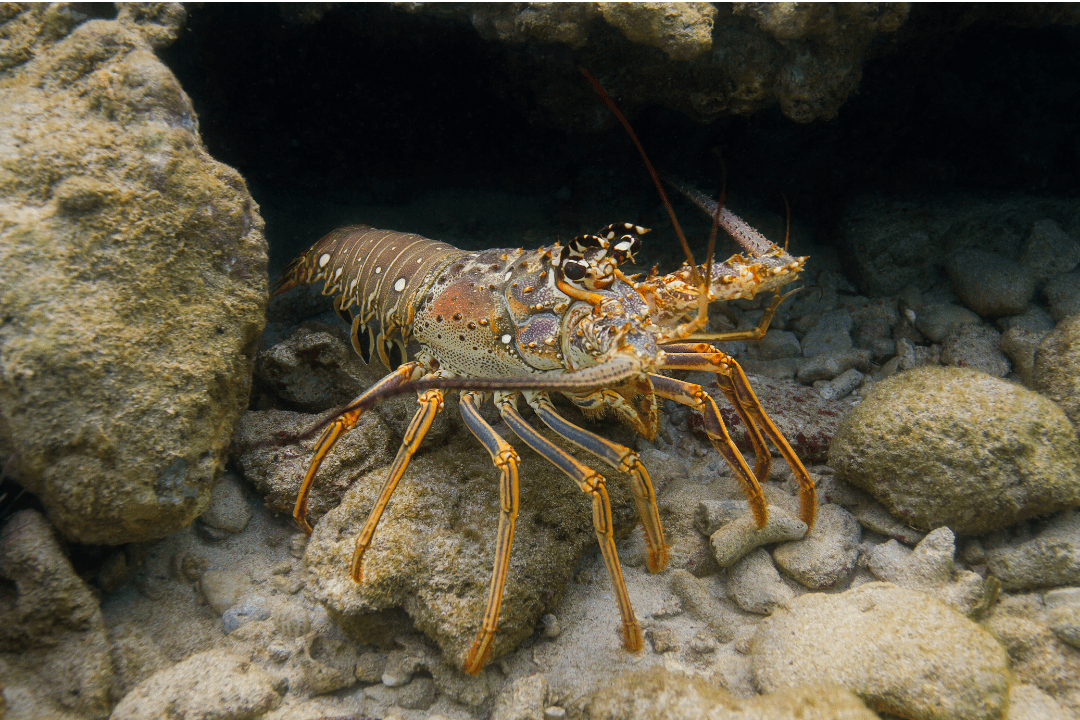


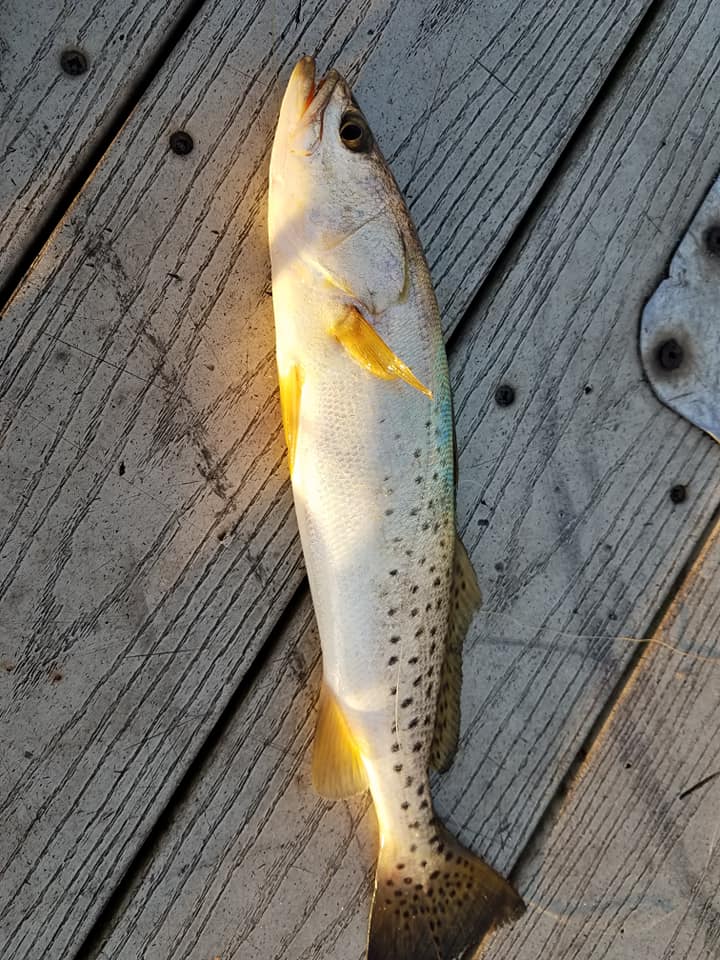
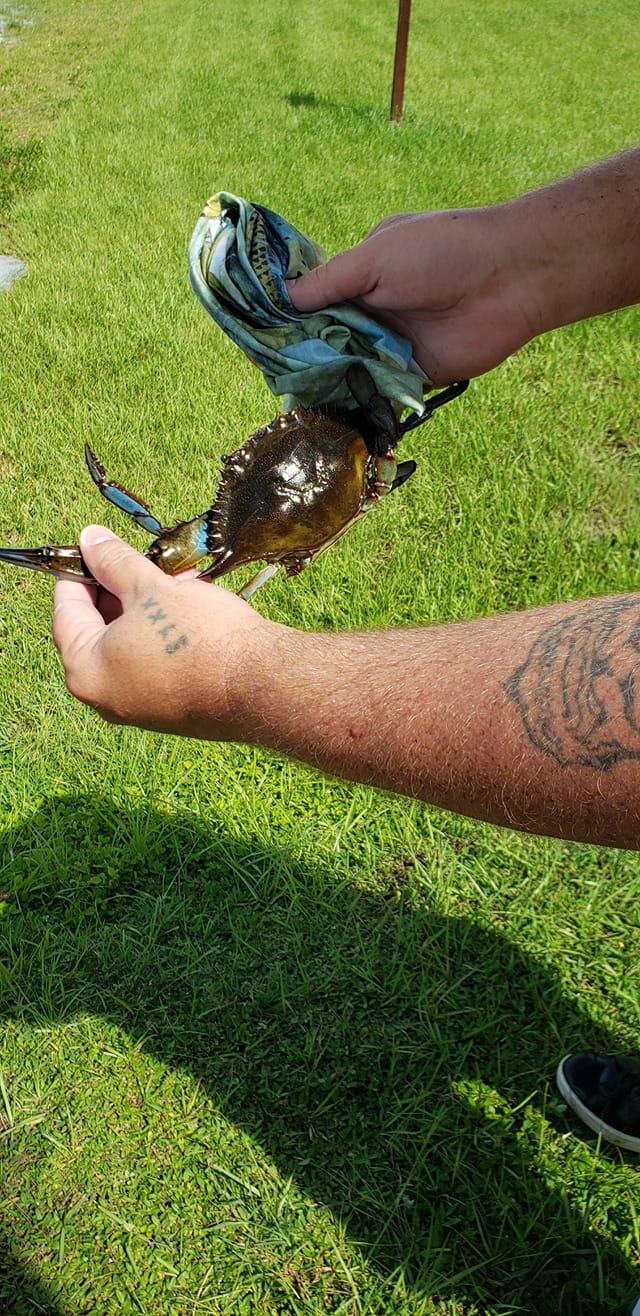
Post Comment
You must be logged in to post a comment.